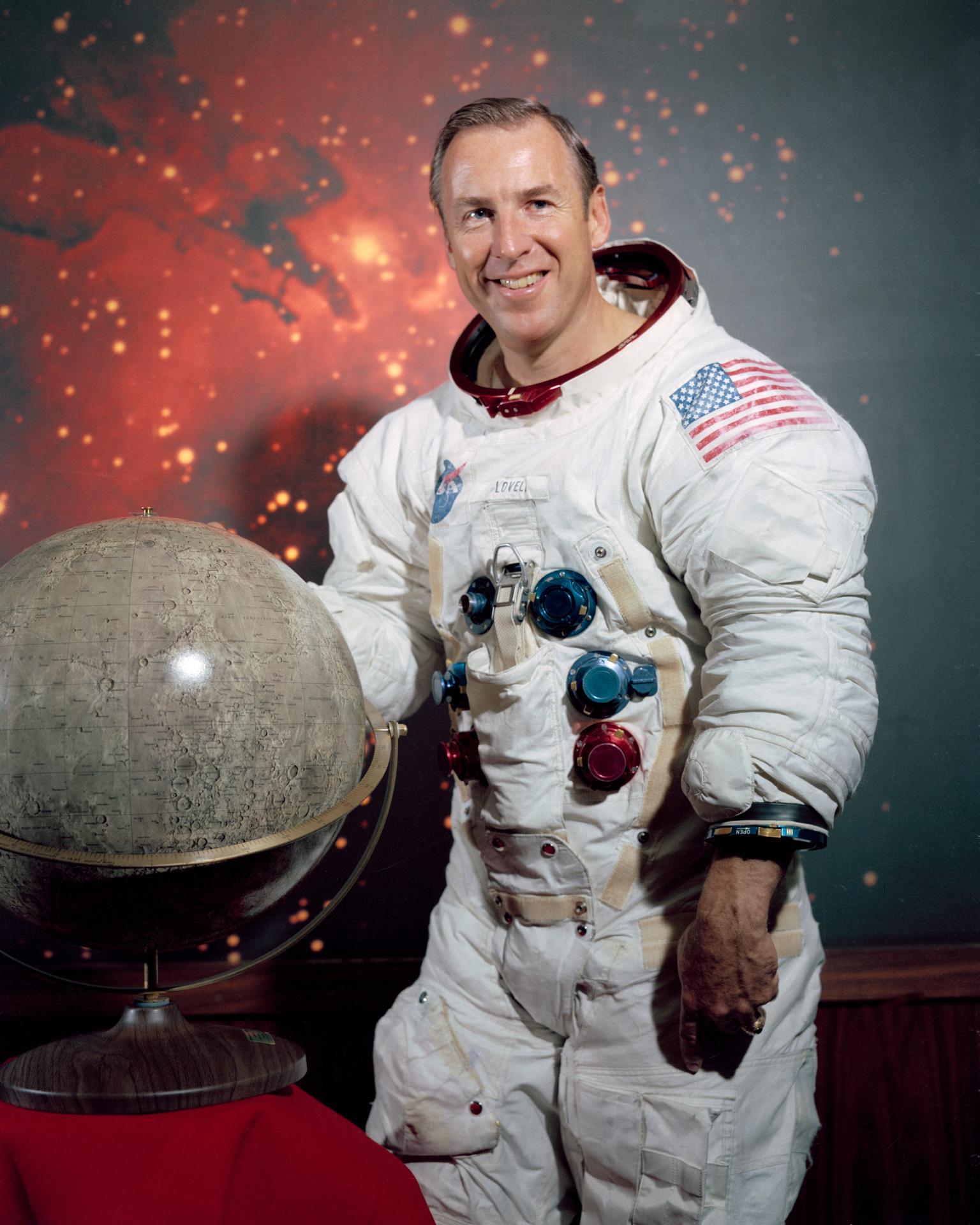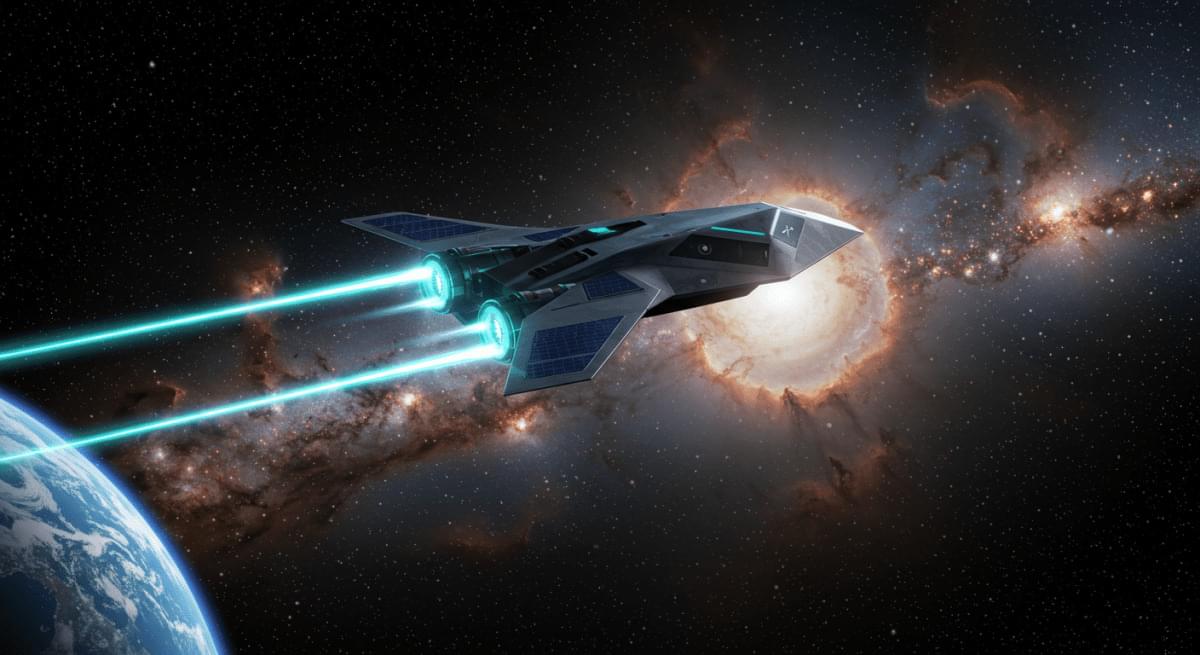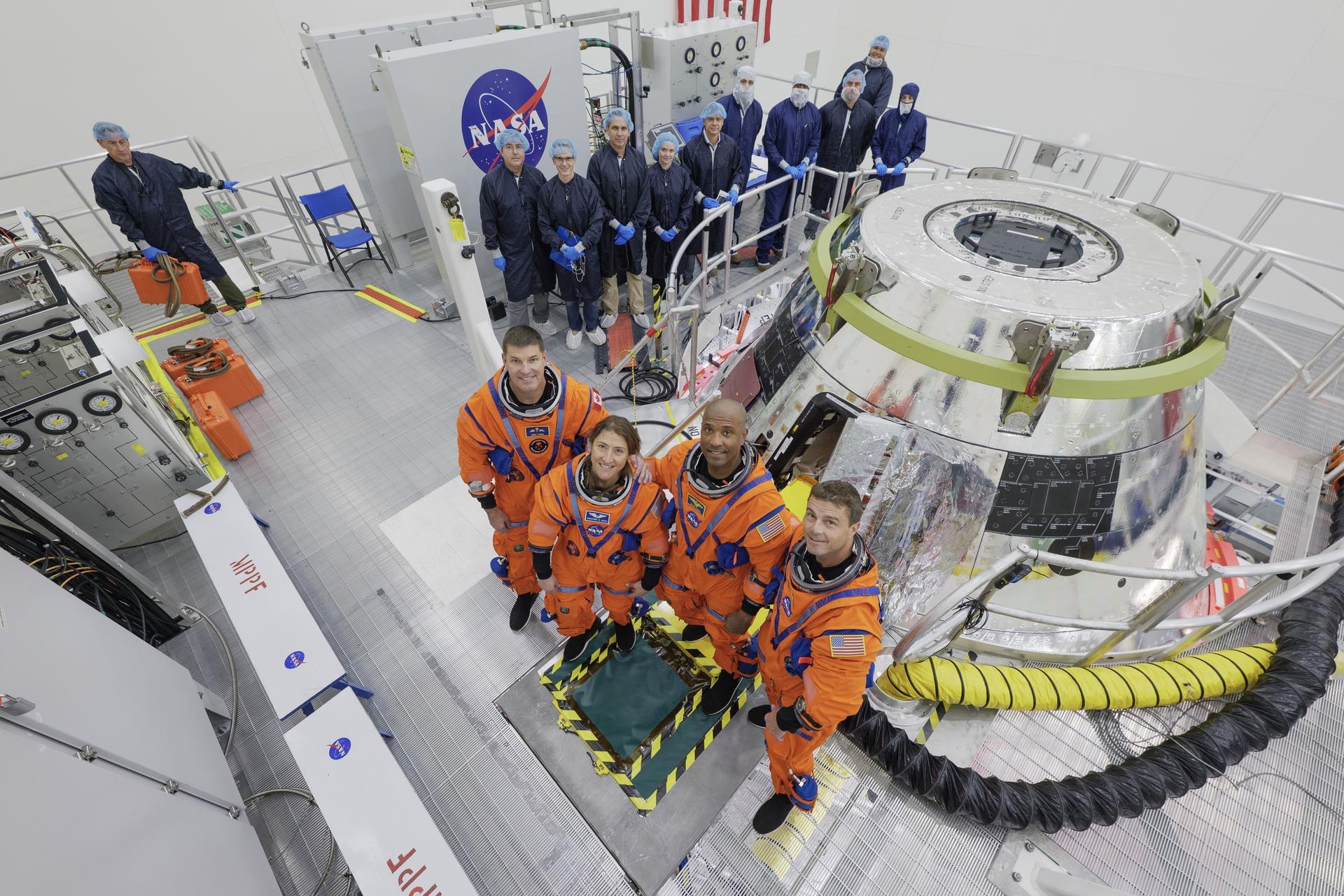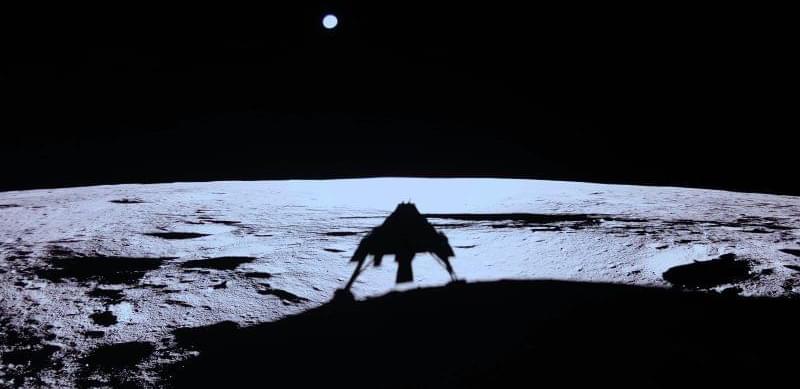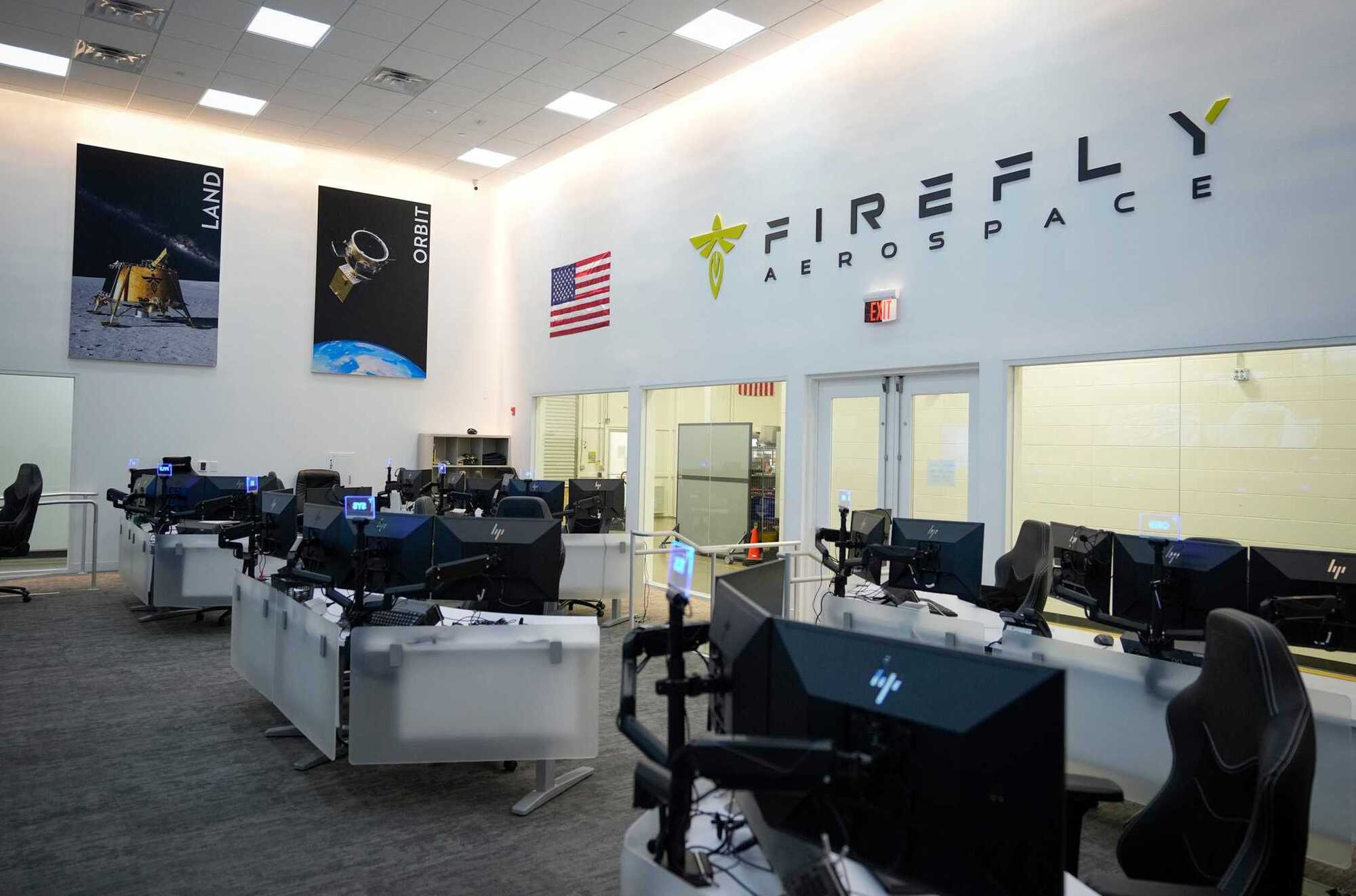Einstein set the speed of light as the cosmic speed limit, and nothing we do here overturns that. What changed is that researchers—some formerly at NASA, some now in academia and nonprofits—have mapped pieces of a path where spacetime itself does the moving, not the spacecraft.
That’s the idea behind a warp metric: compress space in front, expand it behind, and let the ship surf inside a bubble without breaking local limits. The trick sounds simple until you look at the bill. Classic calculations require negative energy, a substance no lab can supply in macroscopic amounts.


